
It’s a slap in the face because the country is magnificent, the people are very nice and, for the moment, we feel safe, but it’s clear that the country is on the brink of collapse and that an explosion is imminent.
Hasta la próxima revolución siempre?
Organized by Mélanie and #jeparsaCuba, our first destination is the magnificent island of Cuba,
For me, it was a return to a country where I’d already been twice, a long time ago, but without ever really discovering it, because since Canada, we often end up in an all-inclusive beach hotel and take a little jaunt to discover Havana in a day and then that’s it,
Cuba deserves better than its beach hotels and we chose to stay in private homes to sleep for a few days at each destination and have breakfast, which was copious and not too expensive,
We also chose to travel with a chauffeur and private car.
Cuba’s economic situation is, let’s face it, very difficult, and even if tourism picks up a little, people are very poor, gasoline is too hard to find, and food for a Cuban is a real obstacle course.
The reasons are complex, because the situation has been the same for so long: the US blockade, the end of Russian and Venezuelan aid, government corruption, too many military officers. Apart from people who work in tourism, or who have family abroad to help them, everyone is suffering.
Aid from Cubans in exile and tourism support the country and its people, but the state of the country is humanly catastrophic.
We also made the somewhat forced choice of only doing the western part of the island, as this part is in an even worse situation for petrol and in 18 days, if we didn’t want to run non-stop, we preferred to concentrate on the west (We’ll be back! ).
Cuba is expensive, you need to bring all your money for your stay in cash and Euros.
Just change 50 or 100 euros into pesos and not at the bank or in the street, do it in casas (private homes) for example, better rates guaranteed.
On average, casas for the night cost from 35 euros to 50 euros for triple occupancy, and breakfast around 6 euros per person per day,
The driver is 100 euros per day, all inclusive.
Contrary to what I sometimes read on forums, the food in restaurants is plentiful, often lacking ingredients like chicken or shrimp… but the dishes are hearty, we often took two dishes for the three of us and that was enough,
The menus aren’t very varied, and don’t expect gastronomy – it does the job, fills the belly, gives energy, is pretty good, but that’s about it,
We ate rice and red or black beans at every meal 🙂 Many restaurants offer pizzas, pastas and even hamburgers.
The specialty is ropa vieja (old clothes if you translate it), a slow-cooked pork or lamb stew with vegetables. Everyone has their own recipe, so it varies, but it’s a sure bet.
Expect to pay between 10 and 15 euros per person per meal,
Mojito and other cocktails are around 3 to 5 euros, but with inflation and the Cuban peso fluctuating so much, it’s hard to give reliable figures for long.
The road:
Arrival from Madrid late afternoon July 12, 2023
Arriving in Havana like everyone else, we stayed for 3 nights, plus one the night before leaving for Mexico.

The revolution, or its propaganda, is everywhere, on walls, museums and official buildings. On the other hand, if a Cuban opens up to you to talk about the situation, it will be very discreetly and because he or she trusts you, since espionage (denunciation?) is a Cuban specialty and you don’t criticize the regime with impunity. I can say that Cubans, at least the younger ones, all want to go abroad, maybe not forever, but at least to earn money for the family or to trade on the black market, Cuba’s other specialty,
Cubans receive a ration card entitling them to one loaf of bread per person per day, one pound of rice and one pound of beans per month…. a little oil and that’s about it, the rest is up to you.
All casas (private homes) had private bathrooms and toilets
All are very simple and not really decorated, except in Cienfuegos, where it looked more like a hotel than a room reserved for our use in the casas.
Otherwise, it’s clean, air-conditioned, and the staff prepare a hearty, inexpensive breakfast.
Wholesale fresh fruit, eggs, bread, jam, butter, coffee, juice
In Havana
A guided tour is also well worth taking (30 euros) Our guide, who spoke several languages, gave us a good explanation of the city’s history and all the twists and turns since the revolution,
Otherwise, just two or three days will do the trick.
The city is beautiful, full of history and life, very beautiful historical buildings and all well maintained, because government, and, they face buildings in ruins, people live in houses without partitions or windows, in front of admirable palaces, trendy restaurants for tourists and Cubans from abroad on vacation (many, I think) are pleasant and the service is attentive, and prices say European!
Music is everywhere, like poverty,
Havana vieja (old town) is really poor and you’re always a bit shocked by what you see, especially the condition of the accommodation, but on the other hand, you always feel safe, Cubans are lovely, well-educated and respectful people, they’ll kindly try to rip you off for a few euros here and there, but can you blame them?
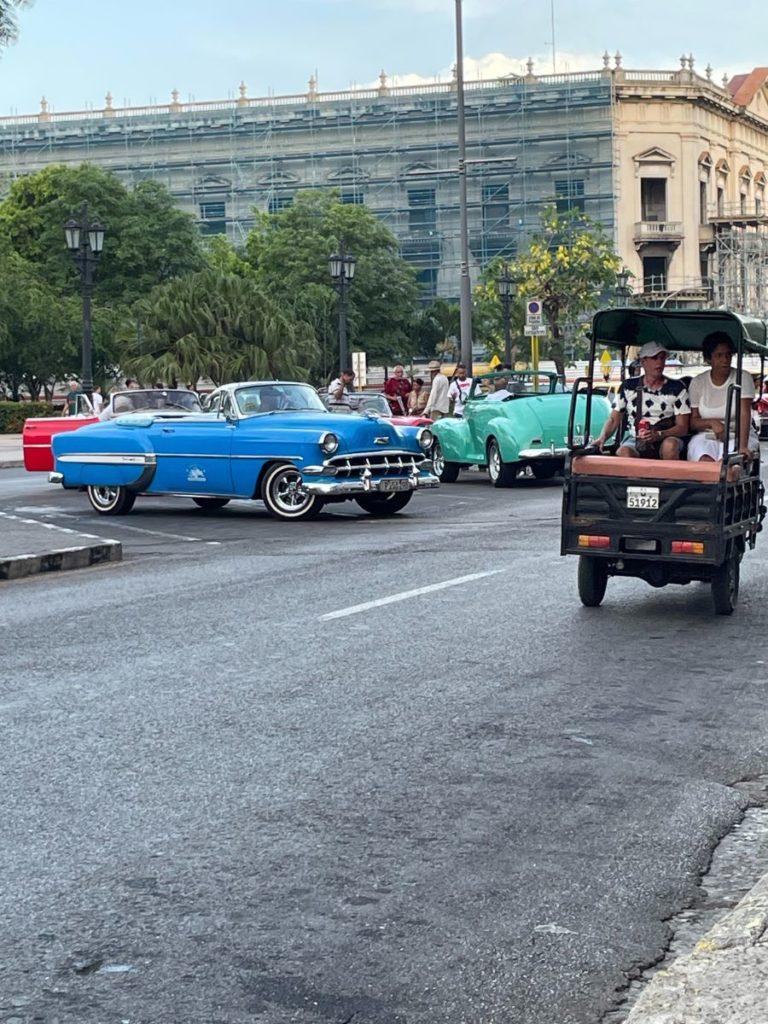
Hostel Casa Cecilia 35 euros per night
Really good, great room, great breakfast and very friendly staff in a beautiful building well located in Old Havana.
I recommend an evening with live music at the Vitrola.
It was hearty, good, and Cuban music, you have to experience it in this kind of place, it’s touristy, but it’s still cool.
Try the famous Mojito Vitrola cocktail
There are restaurants everywhere at all prices, for all tastes, and we’ve realized that it doesn’t taste any better if it’s expensive – quite the contrary.
Viñales after Havana
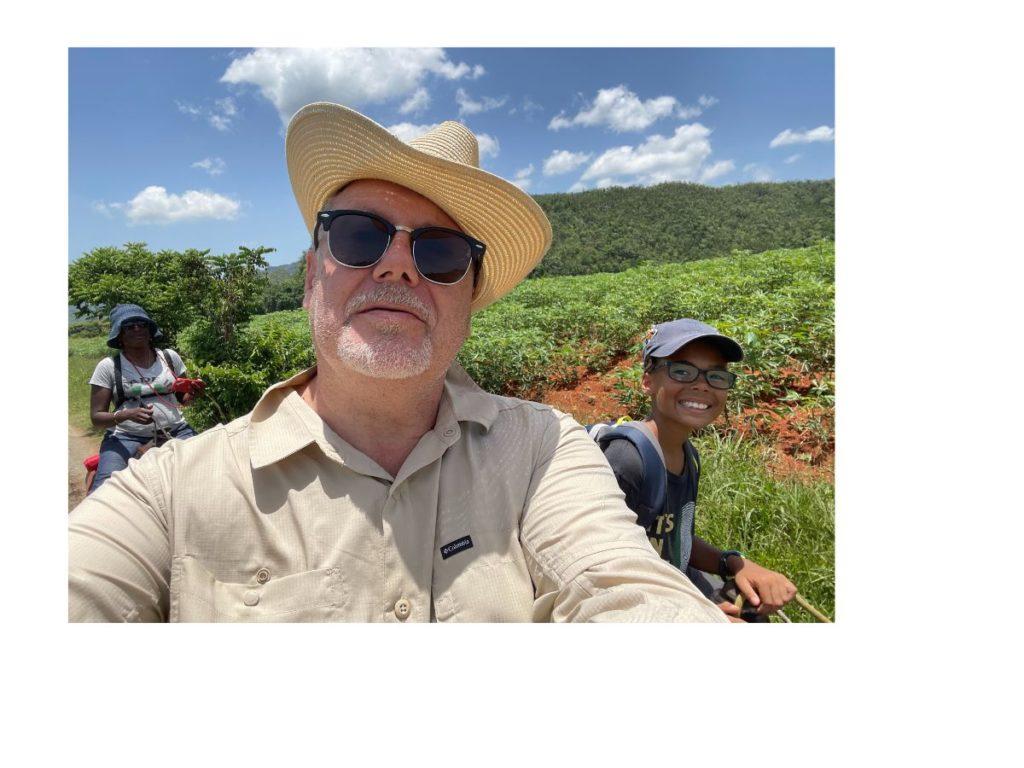
To the west of the island, 3 or 4 hours’ drive from Havana, we’re in the tropics, with forests as far as the eye can see, majestic mountains, the agriculture of our grandparents, with horses, oxen, herds and little mechanical equipment,
Fields of sugar cane, tobacco and corn are followed by the famous tubers, such as cassava, potatoes (just a few, as there are no seeds to plant more), boniato (a kind of white sweet potato), yucca, beans and rice.
Tobacco for cigars, sugar cane for rum, the rest to eat from day to day, just like back home, roughly 70 years ago,
The classic is to take a horseback ride through the jungle, stop off to visit a cigar factory, drink some rum, go for a dip in a spring at the bottom of a cave in the dark… It was fun to do.
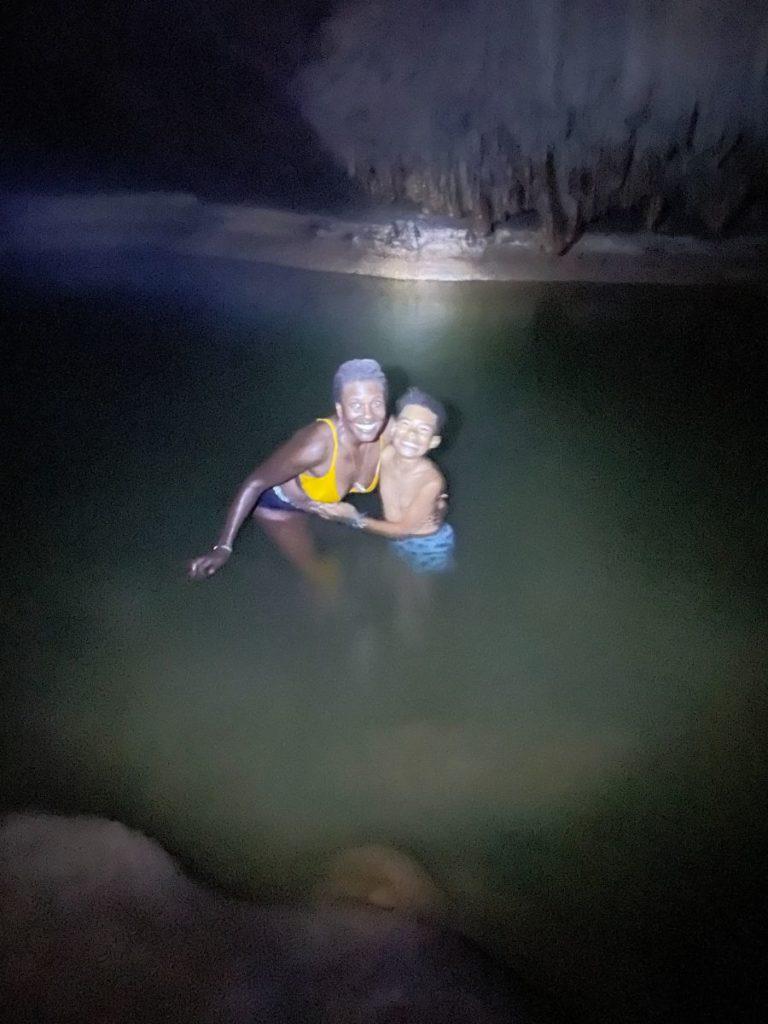
Our driver organized a great day at a farm with an ox-cart ride and a swim, a visit to the farm, a family meal, probably the best meal of the trip, we were explained how to grow coffee and local vegetables, which was also interesting, because we were with Cubans to share their everyday life at home.
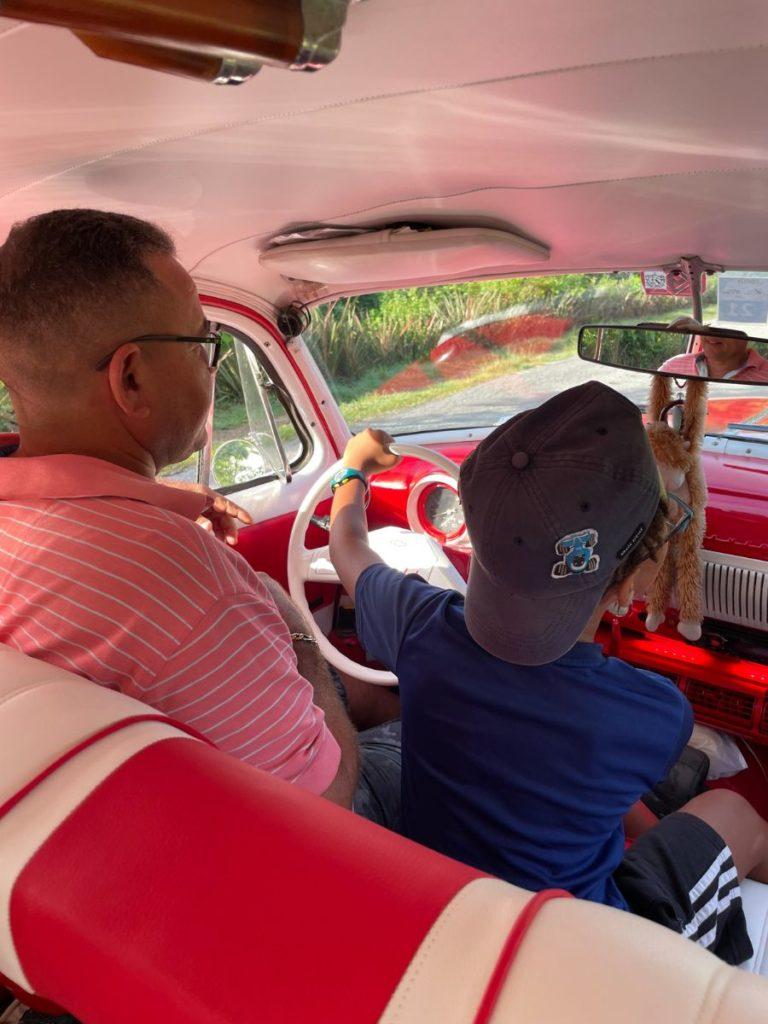
The casa in Viñales had a swimming pool and a superb view of the valley.
We ate quite well, finding everything at all prices, and it was in Viñales that we ate the only good lobster of the trip. We tried it three times, one very dry, one very salty, yet in a chic and expensive place.
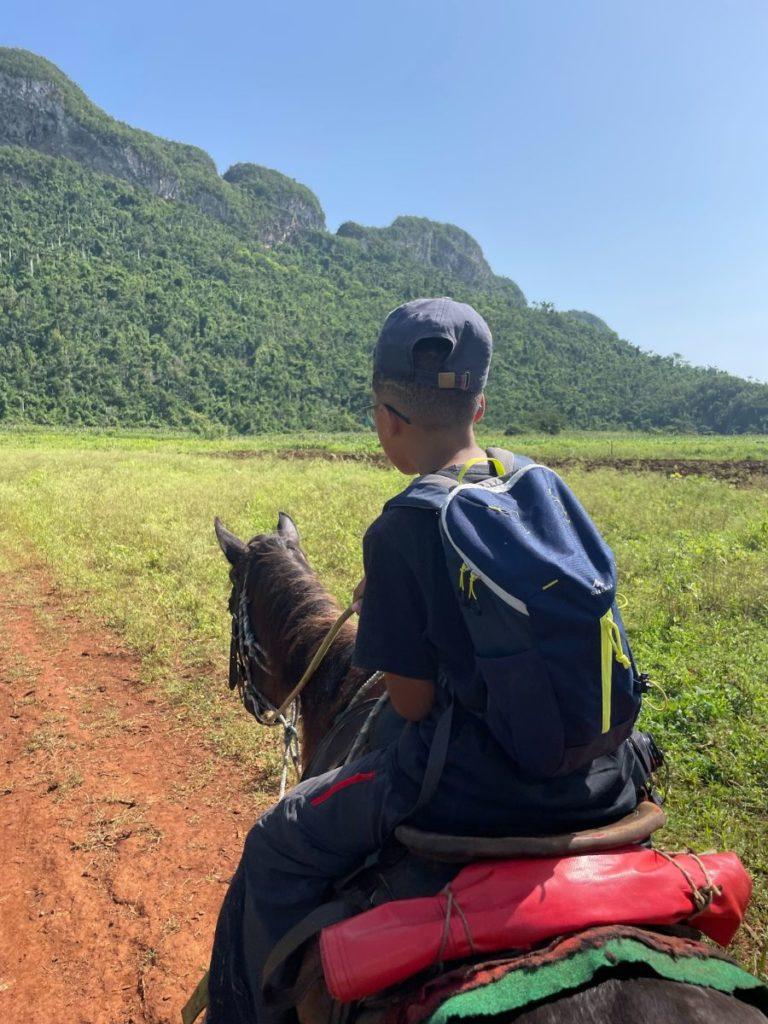
Casa
Villa vista al Valle 35 euros per night
Cheap, good food (top-quality lobster) 10 to 15 euros
Toque Criollo
Playa Larga (Bay of Pigs)
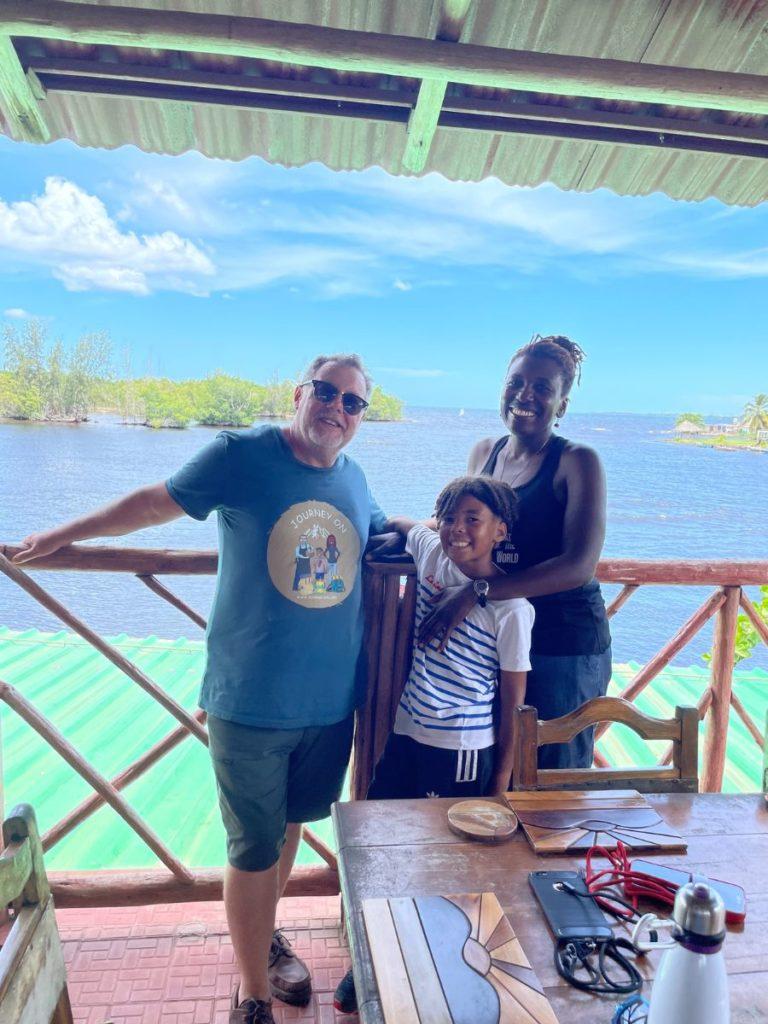
Casa with very small rooms, but directly on the beach, really nice to relax for a couple of days, in fact we didn’t do anything else there. We needed to take a step back,
This time, we met the owner of the casa, as they are often domestic employees,
Monsieur Kiki, very nice, the house and the little stretch of beach in front were clean, and Remi stayed in the water for hours.
We spent one night without electricity and therefore without air conditioning, the second after the first night when we arrived at Casa Cecilia in Havana. That’s life in Cuba!
Dej almost on the beach.
We also had a great meal overlooking the bay at the Tiki Bahia de los Cochinos restaurant.
Casa kiki 50 euros a night, (we ate there one evening, but it wasn’t great)
Le Resto : Tiki
Easy to remember, isn’t it?
Cienfuegos
A beautiful colonial town with American-style houses from the 60s and 70s
Also a seafront where you can take a leisurely stroll and watch the sunset.
Stores, restaurants and bars are a little busier than in Havana.
We visited two museums, the naval and the arts, both of which are well worth a visit, not very large or long, but well worth the cost.
Nice and good restaurant
Villa Maria
La casa, or rather the Palace (the Fraudeau family doesn’t deny itself anything)
Palacio Baron Balbin
A little more upmarket than the casas, so more expensive
60 euros per night and 10 euros for breakfast (breakfast too expensive) but it’s not easy to find a breakfast in the streets of the city, or it won’t be good, we tried and frankly, pay the 10 euros and go out full and quiet,
There are quite a few “restaurant touts”: basically, you’re stopped, you look up when it’s time to eat and a nice guy, like, I’m going to work, but I’ve got 5 minutes to lose and I’ll take you to my favorite restaurant… anyway, he comes back to get his commission at the restaurant afterwards… not bad, but you won’t go to the best restaurant in town 🙂
Trinidad
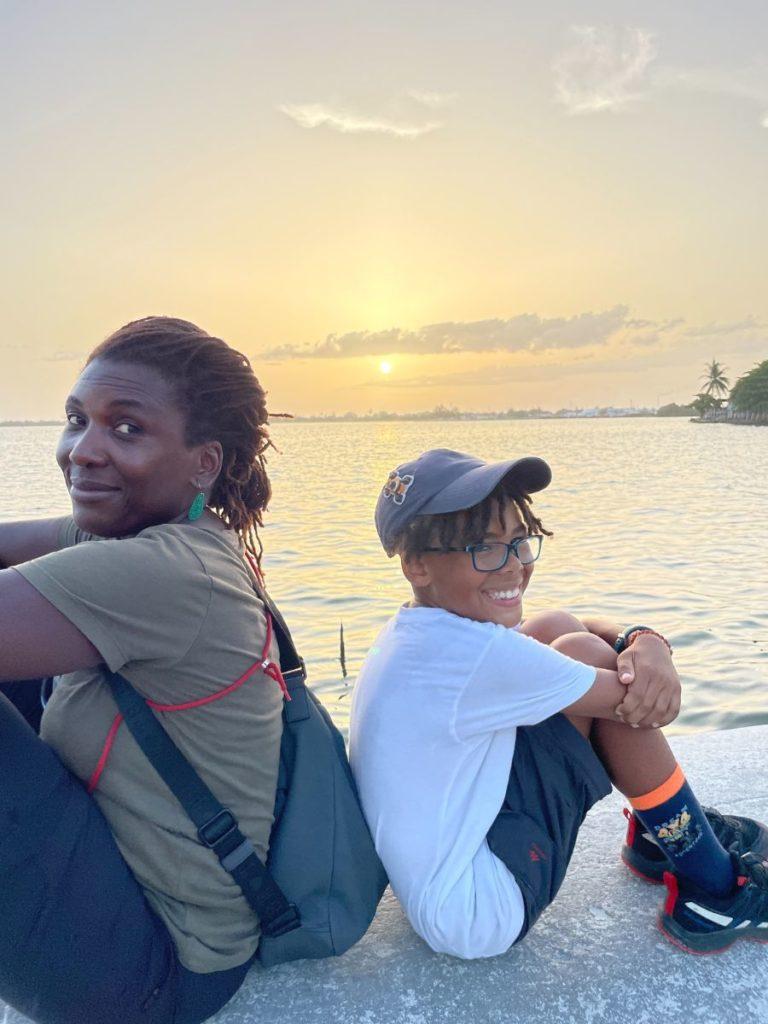
The most beautiful city seen in Cuba, without a doubt, and as romantic as you could wish (we haven’t been to Santiago, so we’re not sure it’s the most beautiful city).
Casa José y Fatima, lovely house with several comfortable and clean rooms as always, super friendly staff.
José is an ex-serviceman, kind and helpful like his family.
I recommend a guided tour of the city to fully understand its raison d’être and history.
If you’re interested in Cuba, our guides will be happy to share a cup of coffee, anecdotes and other crazy stories that this country has known for hundreds of years, between the revolution and colonization.
Very good restaurant (Brochettes) again copious
Beautifully decorated with instruments used during slavery.
Restaurant La Botija
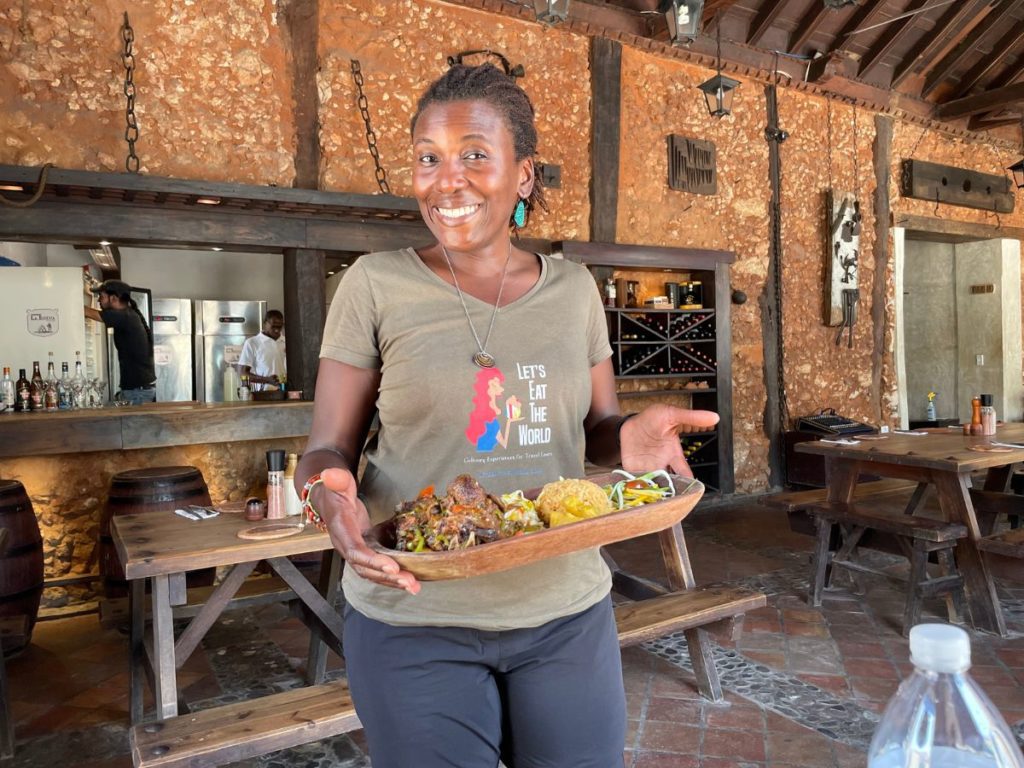
Great coffee in an indoor garden
Café don Pepe
(Try Bonbon coffee with or without rum, iced coffee)
We took a salsa class
Absolutely 10 euros per person, but it was hot and humid and I had to buy a shirt in the street to change, as I was wet from head to toe.
We also spent a nice late evening listening to live music at
La Bodeguita Del Medio
Not to be missed, but it closes at 10pm, so we missed it,
Taberna la Canchánchara for its music and aphrodisiac cocktail
The famous Canchánchara
A fun activity to do, you need the day, an excursion to the mountains with a swim at the foot of the waterfall … frankly it’s worth it, the cab picks you up with the guide at home and brings you back washed out in the evening. You’ve got to be in good shape, there’s a long descent to the waterfall for a swim and a climb back up for the strong ones, but it was so much fun! See below, Rèmi before and after the 4-hour walk 🙂
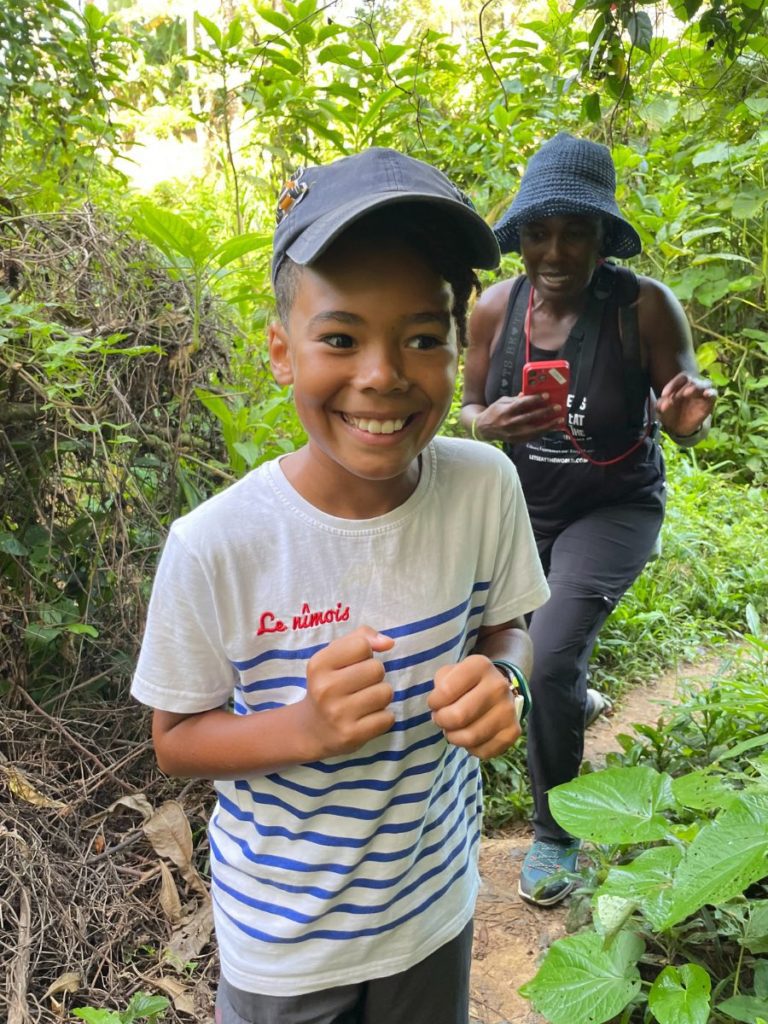

Remedios
Move along, there’s nothing to see, nothing to do and nothing to eat.
The casa was nice, but it wasn’t possible to have dinner, so it wasn’t an obvious destination,
From Remedios, you can enjoy a beach day as there’s nothing to do.
You have to go to the nearby island of Cayo Santa Playa and pay 20 euros per person, which includes 15 euros for eating out on the spot. Is it worth it? Not sure, but the road to the island is well worth the effort, built at the request of Fidel Castro, 45 km of road, over water, not a bridge, no, really over earth that has been trucked in for years to build a road at the request of the Leader Maximo… impressive, with the sea flush with the asphalt on either side of the road.
It should be noted that Cubans are not allowed on these premises, as we’re too close to Miami (90 km, I think) and we wouldn’t want a Yankee boat picking up a few freedom-seeking migrants…
The trip comes to an end with a long, long, long drive back to Havana, 18 days on a paradise island, lots of great encounters and a bit of sharing with the locals.
We loved the beauty of the island and the kindness and welcome of the Cubans, we loved the abundant food in the restaurants, especially on the road (small trucker style),
I don’t know if I’ll ever go back, but we had to come, if only to help the Cubans with our euros and so that Rèmi could see how privileged we are according to the pavement on which we were born, as Maxime Le Forestier would say.
Next stop Mexico, lindo y querido, a country I hold close to my heart after living there from 1991 to 1993 and from 1999 to the end of 2000, a long-awaited and dreaded return.

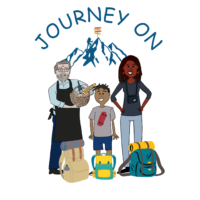
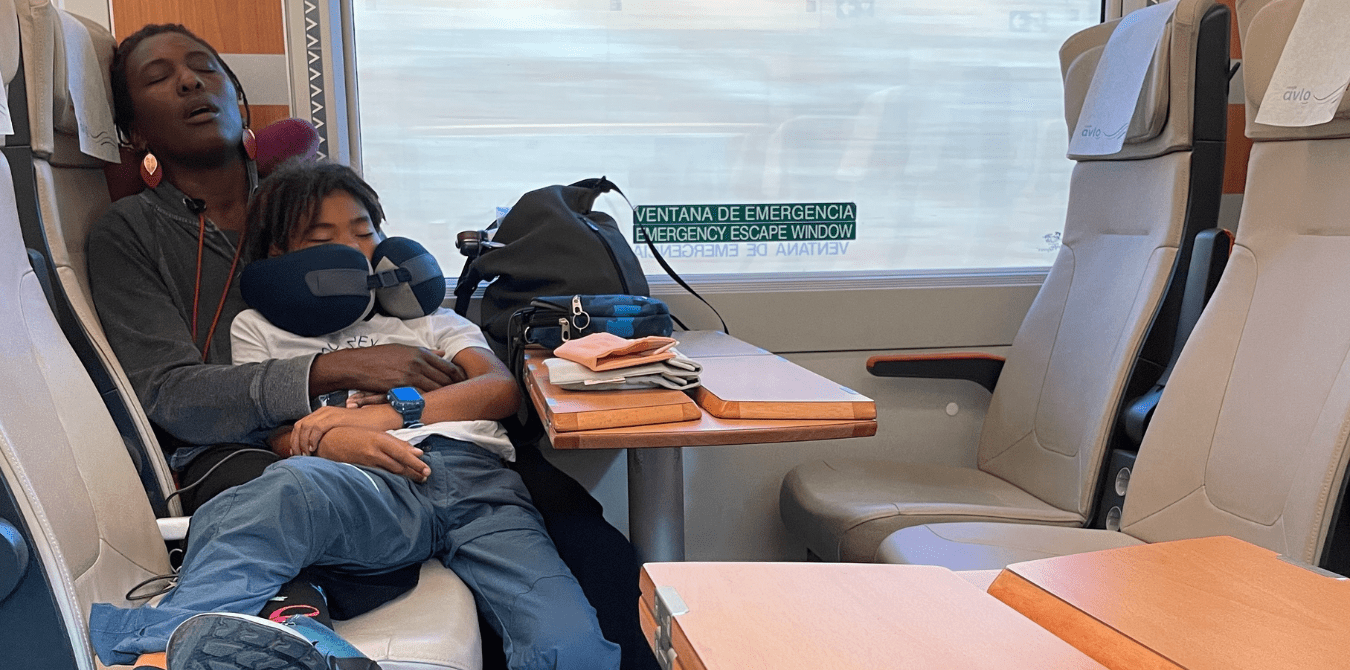
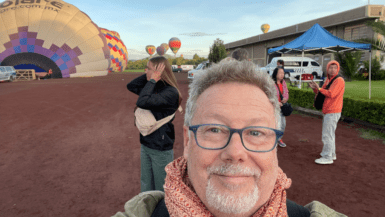

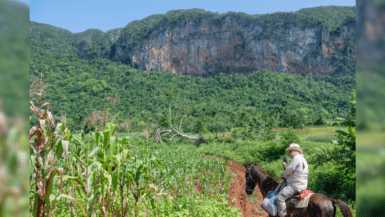

Leave a reply